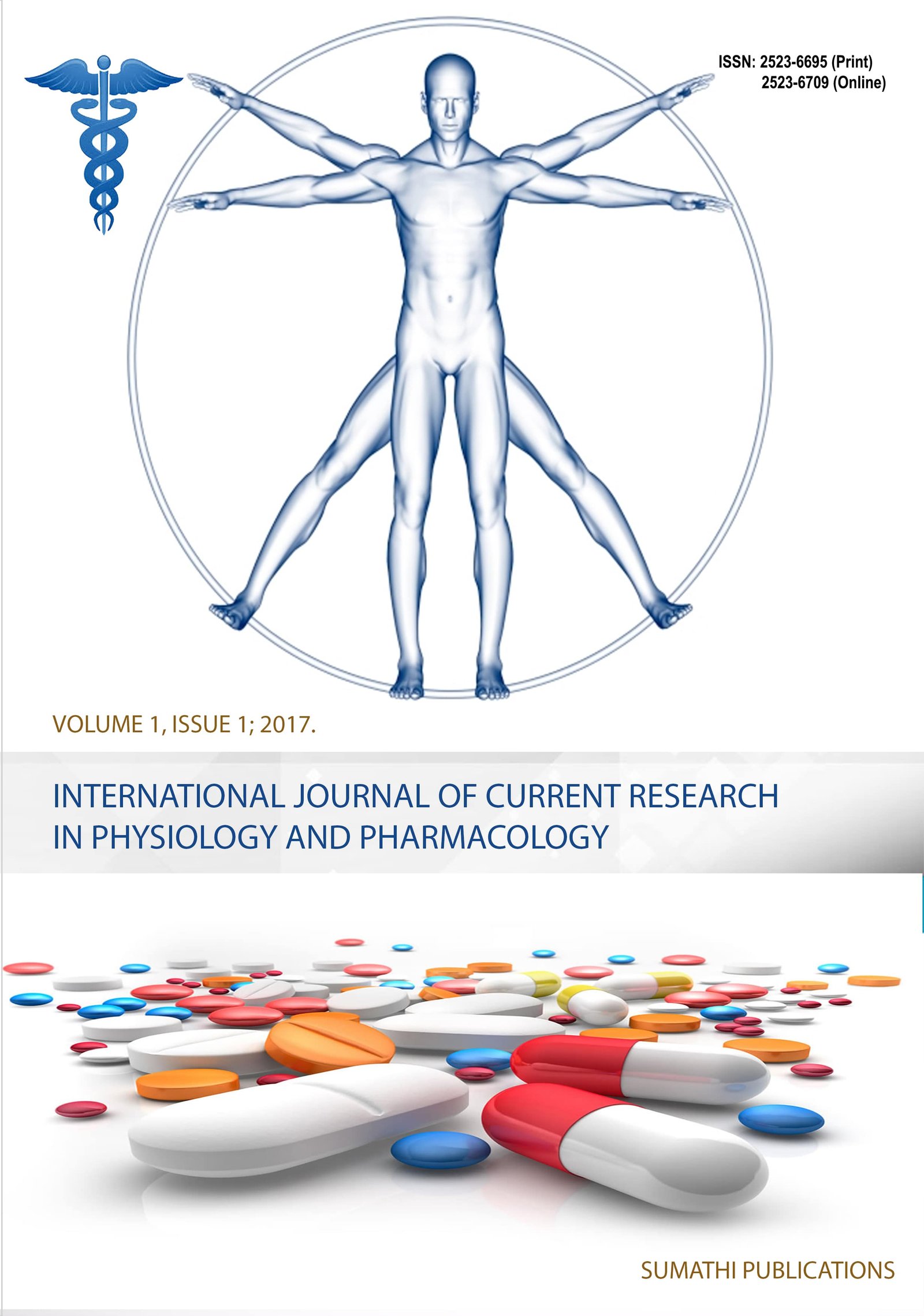The study of the effects of 12 weeks of yoga training on respiratory pressures and 40 mm Hg test in healthy individuals
DOI:
https://doi.org/10.31878/ijcrpp.2020.42.04Keywords:
yoga, maximum expiratory pressure, maximum inspiratory pressure, 40 mm Hg testAbstract
Background:
Yogic exercises have been found to be beneficial for better maintenance of bodily functions even in normal healthy subjects. In view of this, present study was planned to evaluate the effect of Yoga on respiratory pressures and 40 mm Hg test in healthy individuals.
Method:
The present study included 80 healthy subjects (40 males, 40 females) of 30-40 years age group. Subjects fulfilling the inclusion and exclusion criteria attended a minimum of five Yoga classes per week for a period of twelve weeks. Age, height, weight & BMI of the subjects were recorded. The maximum expiratory pressure, maximum inspiratory pressure and 40 mm Hg test were analysed before & after twelve weeks of Yoga practice. The same subjects were chosen as both study as well as control group in order to minimize the confounding factors and make the study more reproducible. Student’s paired‘t’ test was used to compare the changes in parameters before and after Yoga training.
Results:
On analysis of results, there was highly significant (p<0.001) increase in maximum expiratory pressure, maximum inspiratory pressure and 40 mm Hg test after twelve weeks of Yoga practise. The response was similar in both the genders.
Conclusion:
Present study proved that regular practice of Yoga for minimum of 12 weeks is beneficial in improving respiratory pressures and 40 mm Hg test in normal healthy individuals and this improvement is appreciable in both genders. Results of the study would justify the incorporation of Yoga as part of our lifestyle in promoting health. Also Yoga can make an appreciable contribution to primary prevention and management of lifestyle diseases.
Downloads
Downloads
Published
How to Cite
Issue
Section
License
Copyright (c) 2020 Deepa HS

This work is licensed under a Creative Commons Attribution-NonCommercial-ShareAlike 4.0 International License.
The journal allows the author(s) to hold the copyright without restrictions and will retain publishing rights without restrictions.
The submitted papers are assumed to contain no proprietary material unprotected by patent or patent application; responsibility for technical content and for protection of proprietary material rests solely with the author(s) and their organizations and is not the responsibility of the journal. The main (first/corresponding) author is responsible for ensuring that the article has been seen and approved by all the other authors. It is the responsibility of the author to obtain all necessary copyright release permissions for the use of any copyrighted materials in the manuscript prior to the submission.
What are my rights as an author?
It is important to check the policy for the journal to which you are submitting or publishing to establish your rights as
Author. Journal's standard policies allow the following re-use rights:
- The journal allows the author(s) to hold the copyright without restrictions.
- The journal allows the author(s) to obtain publishing rights without restrictions.
- You may do whatever you wish with the version of the article you submitted to the journal.
- Once the article has been accepted for publication, you may post the accepted version of the article on your own personal website, your department's website or the repository of your institution without any restrictions.
- You may not post the accepted version of the article in any repository other than those listed above (i.e. you may not deposit in the repository of another institution or a subject-matter repository) until 12 months after publication of the article in the journal.
- You may use the published article for your own teaching needs or to supply on an individual basis to research colleagues, provided that such supply is not for commercial purposes.









